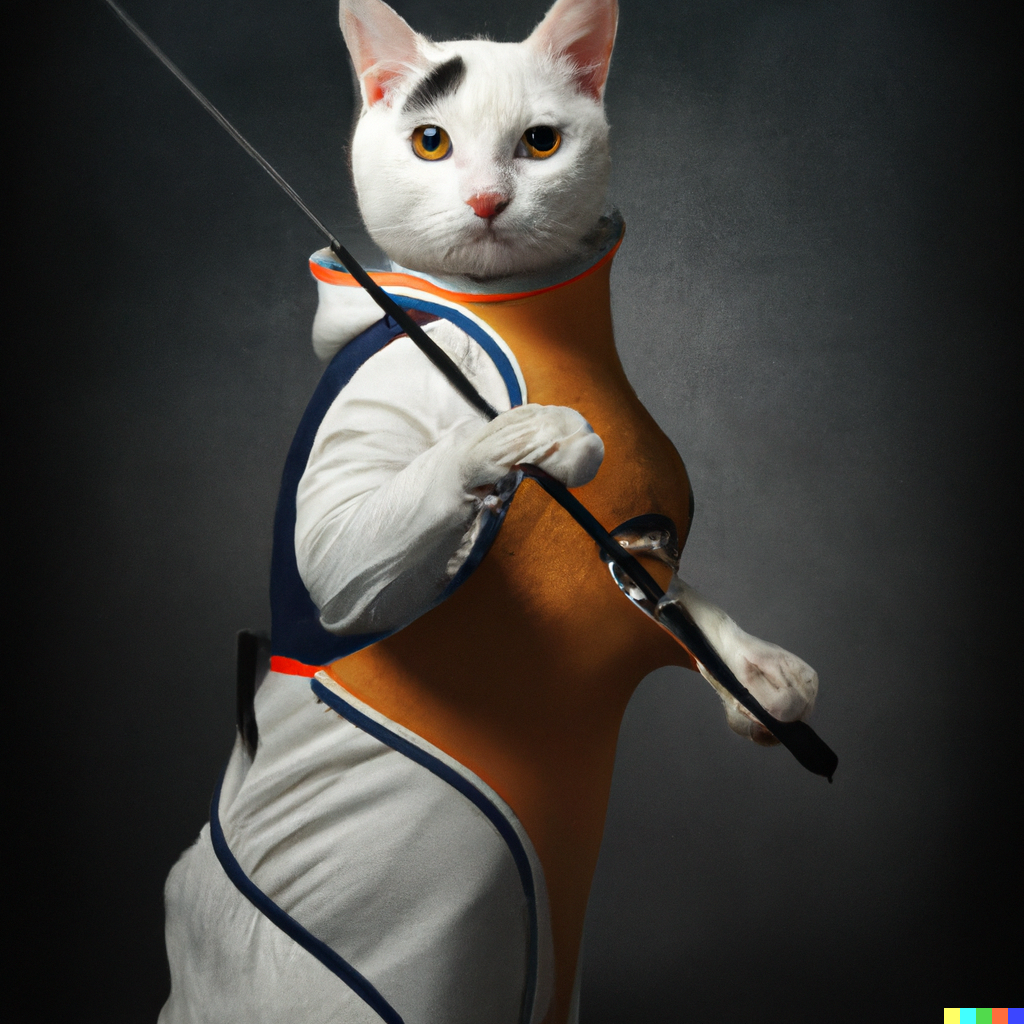I lost 15 pounds in six weeks. I went from 190 pounds to 175, and have stayed at 175 for two months. All I changed is what I ate and how much.
The first trick is what to avoid eating: Avoid simple carbohydrates, and absolutely no sugary food! Before this experiment I had a very carb-heavy diet (i.e., one built around cereals, rice, pasta, potatoes), and I never abstained from desserts. In my experience, eating simple carbohydrates – especially sugars – leads to blood-sugar crashes that make me extremely hungry after a few hours. When I cut out sugar I never experience hunger like that. So I stick to vegetables and protein. (My go-to snack now is a Pure Protein bar.)
The second trick is to eat less. Before this experiment I didn’t have any portion control: I would whatever was served, and at a shared meal I would volunteer to finish anything that was left. Now the question became how little can I eat? I could eat two hamburgers, but I can also eat just one. Where before I would pour a full bowl of cereal, now I pour half a bowl. Less also means avoiding extra fats when possible. So no adding butter or mayonnaise to things. No fatty/starchy snack foods. Nothing deep-fried.
Eating less actually reduced my stomach capacity. I get full on less food, and I can’t eat as much in a sitting as I used to.
Neither of these tricks completely eliminates hunger or cravings, but not being fully satisfied at all times is part of life. The only thing I allow myself to eat outside of mealtimes are protein bars, carrots, or diet soda. That’s it. A simple rule, so there’s no thinking, no bargaining, no calorie counting. And no way to not lose weight!
(NB: Some cravings might be driven by nutritional deficits, so I take a daily multi-vitamin. As long as I have body fat I don’t have a calorie deficit.)






